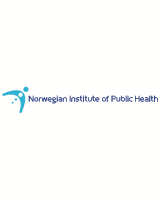Effectiveness of Physical Training Among Children and Adolescents with Habilitation Needs
Authors
Marita Sporstøl Fønhus, Kjetil Gundro Brurberg, Ingvild Kirkehei, Vegard Strøm, and Liv Merete ReinarThe basis for a physically active life and good health is established during childhood and adolescence. Disability in children may reduce participation in daily activities and important social arenas. Obviously, physical training has positive effects on health and function. The aim of this report is to summarize the effectiveness of physical training on activity and participation among children and young people with habilitation needs. "Activity" is a child’s performance of tasks and actions while "participation" is its involvement in different life situations.
We included eight systematic reviews that aim to answer our question. Participation is seldom reported as an outcome in the included systematic reviews.
Key messages
- The effectiveness of cardiorespiratory training on acitivity among children and young people with cerebral palsy or leukemia is uncertain.
- The effectiveness of strength training, functional training or therapeutic horesback riding on activity in children and young people with cerebral palsy is uncertain.
- The effectiveness of treadmill training on activity among children and young people with cerebral palsy, Down syndrome or children and young people that have undergone hemospherectomy is uncertain.
- The effectiveness of aquatic programs on participation among children and young people with cerebral palsy is uncertain.
The quality of the evidence is low or very low. This means that we cannot rule out the possibility that physical training is effective on activity and participation among children and young people with habilitation needs, but that it is uncertain if the results are reliable.
